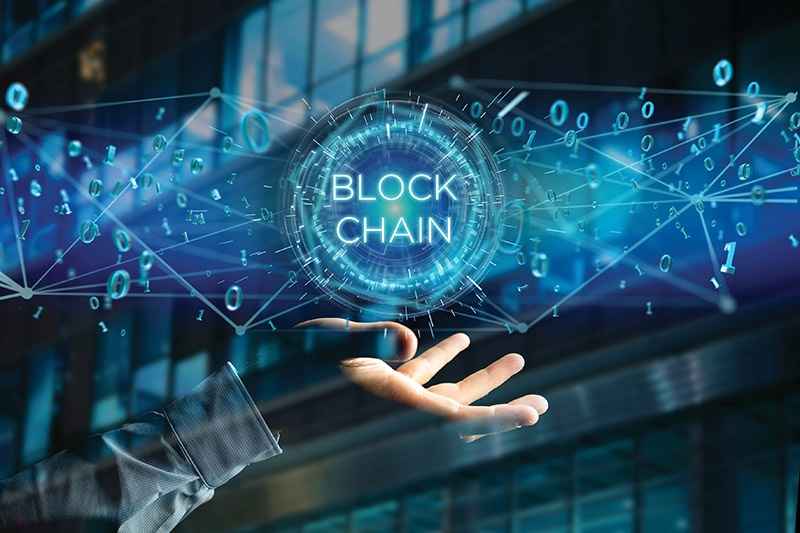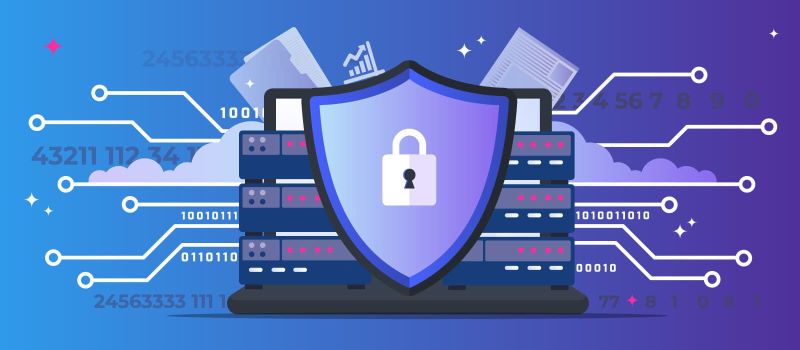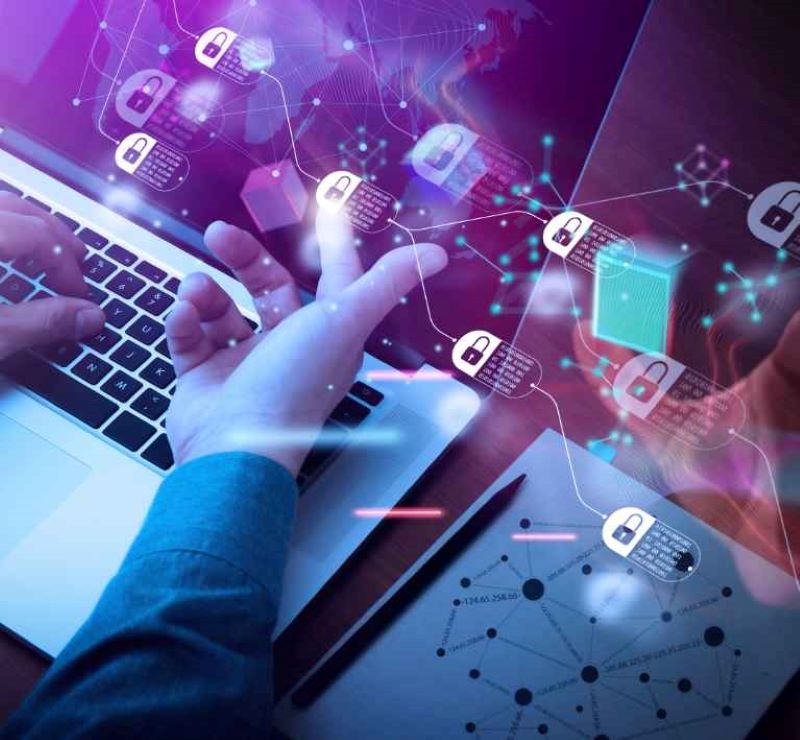Blockchain Breakthrough: Expanding Education in Developing Nations
Imagine a world where every child in developing countries has the keys to unlocking limitless knowledge, right at their fingertips. That world is not as far off as you might think, thanks to the benefits of blockchain for educational access in developing countries. My journey into blockchain’s potential to reshape the educational landscape has revealed a wealth of opportunities. Using blockchain, we can overcome traditional barriers to education like never before, creating a future where learning is boundless. Let’s explore how this cutting-edge tech paves a new path for learners and educators alike.
Overcoming Educational Barriers with Blockchain Technology
Enabling Secure and Efficient Academic Record-Keeping
Blockchain in education is a game-changer. We keep hearing about its power. But what does it actually do for schools? A lot. Especially for record-keeping. A student’s school records are crucial. They track progress. They open doors to further education. They need to be safe and correct.
Blockchain acts like a digital safe. Once info is stored, it’s there for good. No one without permission can change it. A student’s marks, attendance, even their health info, stay untouched. It’s a huge help for teachers and school staff. Why? Work gets easier and faster. No searching through endless paper files. Everything is just clicks away. And for students, their records follow them through life. They’re ready for every job or study opportunity.
Schools in Africa are catching on. They’re starting to use blockchain for keeping records. It’s helping kids prove their achievements. So, even if a school closes or a disaster strikes, their hard work isn’t lost. Think about what that means for a child’s future.
Implementing Smart Contracts for Equitable Resource Distribution
Let’s talk about fair chances in school. Every kid deserves that, right? Well, smart contracts in education can help. These aren’t your everyday contracts. They’re like little computer programs that live on the blockchain. They help make sure everyone gets what they need when they need it.
Say a school gets money for books. The smart contract can guard that cash. It can see to it that all kids get their books on time. No waiting. No lost money. It’s all clear and open for people to check.
In developing countries, these smart contracts are vital. They help schools manage resources better. They make sure aid reaches the ones in need. No funny business. Just kids getting a fair shot at learning.
This isn’t some dream of the future. It’s starting now. Around the world, and especially in Africa, blockchain tech is taking off. It paves the way for kids in far-off places. It levels the playing field. It lets kids who might not have had a chance, learn and thrive like everyone else.
So, you see, blockchain isn’t just for tech folks and big companies. It’s for schools too. It’s about making sure every child gets to learn and grow. It beefs up trust in the system. And it wipes out barriers, so every kid can hit the books, no matter where they are. It truly brings the ‘classroom’ to the child. And that is something worth aiming for.
Literacy and Learning: Blockchain’s Role in Educational Enhancement
Supporting Literacy Initiatives through Decentralized Technology
Can blockchain technology help improve literacy? Yes, it can. Through blockchain, we create tools that help people read and write. This magic lies in its power to make learning open to all. Books and lessons turn into digital forms that kids far away can reach. It’s like a library that never closes or runs out of books. With just a tap, a child in a small village can join a reading app, dive into new stories, and learn words. This brings light to places where books are scarce. By sharing knowledge, we make sure no brain goes to waste.
Blockchain does more than this, too. It breathes life into new ways for kids and adults to learn to read. Folks make groups online to read together and help each other. They all work to push away the dark cloud of illiteracy. This has a big draw – learning with friends, not alone. As they team up, they break walls that hold back their minds and dreams.
Developing Collaborative Platforms for Remote Learning
How does blockchain enhance remote learning? It connects learners across land and sea. Using tech, we build virtual rooms where teachers and kids meet and learn without borders. Imagine a class where a girl in Ghana, a boy in Brazil, all share one screen. They learn maths, science, and art from teachers many miles away. It’s a new dawn for kids who once sat outside the school fence. Now, they have seats at the global class table.
These digital rooms are not just for talk. They hold lessons that never wipe away, thanks to blockchain’s safe keep. Kids can revisit these lessons as much as they want. They return to topics they find tough, and with time, they master them. Homework turns in, grades come out, all with trust, all through the blockchain. This marks true progress, steady and sure.
Blockchain is not just tech jargon. It’s a tool, a path, and a ray of hope for young minds. By making learning easy, free, and fun, we open new doors for them to chase their grand dreams. Change will not come in the blink of an eye. But with each click, swipe, and enter, we raise towers of knowledge around the world. We boldly say, “Learn, all! Your future is bright, and it starts today.”
Fostering Transparency and Authenticity in Educational Systems
Ensuring the Verification of Academic Credentials through Blockchain
Checking if student diplomas are real is a big deal. It keeps our schools honest. Blockchain technology in education adds a layer of trust. It lets anyone, anywhere check if a qualification is legit. This stops people from claiming fake degrees. A digital ledger for educational records keeps everything open. Schools put their data on a blockchain that everyone can look at. But no one can change the info. This means that when you show your degree, the person checking can trust it’s real. It’s like a super-safe lockbox that shows you’re telling the truth.
Blockchain for certification verification has more than one use. It can speed up job hunts and college applications. Companies and schools can look at qualifications fast and know they’re not fake. So when you land a job or get into college, it’s because you earned it.
Now let’s dive deeper. A student from a small town finishes college. She worked hard and got her degree. But employers far away don’t know her school. They need to know her degree is from a real school. With blockchain, they can check fast and see it’s true. This kind of check used to take weeks. Now, it can take just minutes.
Remember Ayanda from South Africa? She wanted to study in Europe. Her school used blockchain to record her grades. The university in Europe saw her amazing marks. They trusted the blockchain system and accepted her. Her dream came true, thanks to this tech.
Promoting Clarity in Educational Funding and Student Aid
Knowing where money for schools goes is key. Educators and donors want to see their money at work. A blockchain can show everyone how funds are used. No secrets, just clear facts. It’s like a glass piggy bank. You see every coin that goes in and out. This earns trust and could lead to more support.
Transparency in education funding with blockchain is a big step. Let’s look at a story. A school in Kenya needs books. Donors from all over help out. They see exactly what their money buys. Books arrive, kids learn, and no money gets lost. This means more help can come in the future.
Blockchain for student aid in developing countries is next. It makes sure money helps those who need it most. Let’s meet John, a bright kid with little money. Blockchain student aid can track the help he gets. Everyone sees John’s school fees paid and books bought. It’s all in the open. John can focus on learning, not on how to pay for school.
This trusty tech, blockchain, is a game-changer. It makes things better by adding openness. It cuts out fake degrees and shows us how school money is spent. Education gets fair. More doors open for students, like Ayanda and John. We can thank blockchain for making this big change. And that’s just the start.
Pioneering Cost-Effective and Accessible Education Models
Scaling Cost-Effective Schooling Solutions with Blockchain Technology
Imagine schools where every dollar stretches further. Blockchain does this. No wasted money, more books and teachers. Blockchain advantages for schools are huge. It cuts costs like a sharp knife through paper. Schools in Africa are starting to use this tech. They keep track of records without big cabinets or lost papers.
Every child’s grade, attendance, and work live in one safe place. It’s like a digital locker that never breaks. Secure learning records via blockchain can’t be lost or messed with. This means schools trust the system. Kids and parents do too. Teachers spend less time on paperwork, more on teaching.
Now, think of digital education solutions for underprivileged areas. Children in far-off villages can learn with tablets. Their progress, saved on the blockchain, follows them everywhere. This cuts the tie between learning and classrooms. Kids can grow smart, no matter where they live.
By enhancing educational opportunities through blockchain, kids get the best start. Blockchain technology in education is more than saving files. It’s about fair chances for every young mind.
Creating Decentralized Education Systems to Serve Underprivileged Communities
Let’s paint a picture of learning without limits. A place where every child has a seat in class. This is a dream in many developing nations. But blockchain is making it real. Decentralized education systems mean no child is left out. It doesn’t matter how far from the city they live. These systems run on shared tech that everyone can see. They are open, like a book waiting to be read.
Educational accessibility through blockchain is key. It opens doors for kids who have none. With blockchain, we can track a student’s journey from ABCs to job degrees. And with blockchain for certification verification, no one can fake it. Diplomas are real and earned.
Blockchain for educational equality is about leveling the playing field. It’s a game-changer for kids who have less. Their talents now have a place to shine.
In Africa, blockchain education initiatives are on the rise. They’re showing the world that tech can tackle old problems in new ways. Transparent ledgers mean we see where the money for schools goes. Every pencil, every desk is accounted for.
These systems are not just for the rich world. With blockchain, developing nations lead the way. They show us a new path to learning. We’re now looking at a future where every child learns and grows. No matter their zip code or wallet size. Blockchain does this. It breaks walls and builds bridges to knowledge.
Every word I share aims to light a spark. To show that the power of learning belongs to us all. With blockchain, we write a story where every child can be the hero. Every lesson they learn is a step to a brighter tomorrow. This isn’t just hope. It’s happening right now. And it’s just the beginning.
In this post, we dived into how blockchain can smash through learning blocks. We saw how it locks in secure record-keeping and fair sharing of school resources. We also talked about how blockchain backs up reading and remote classes. It’s key for keeping school papers real and making money matters clear too. Plus, it helps make learning cheap and open for all.
My final thoughts? Blockchain is not just high-tech buzz. It’s a strong tool that could change schools big time, for every kid, everywhere. Let’s keep our eyes on this exciting road ahead and push for bright changes together.
Q&A :
How can blockchain technology improve education in developing countries?
Blockchain technology has the potential to revolutionize education in developing countries by providing verifiable and permanent academic records, which can increase transparency and reduce fraud. Decentralized ledgers can also facilitate better access to educational resources by underpined certifications and enabling secure record-keeping.
What are the benefits of using blockchain for educational access?
Blockchain’s inherent features, such as security, immutability, and decentralization, offer several benefits for educational access. These include simplified management of academic credentials, facilitation of cross-border education, smart contracts for educational resources, and increased trust in the authenticity of certificates and degrees.
How does blockchain technology ensure secure and equitable access to education?
Blockchain technology ensures secure and equitable access to education by providing a platform where educational records are tamper-proof and accessible to anyone. This allows for educational achievements to be recognized and accepted worldwide, which is especially critical in regions with underresourced educational systems.
Can blockchain support remote learning in developing countries?
Yes, blockchain can support remote learning in developing countries by enabling secure distribution of coursework, tracking student progress, and issuing of certificates upon course completion. This decentralization allows students in remote areas to access quality educational materials and verification of their achievements.
What impact could blockchain have on higher education affordability in developing countries?
Blockchain has the potential to significantly reduce costs associated with administrative processing, certificate issuance, and verification processes in higher education. By lowering institutional expenses through efficient blockchain systems, educational institutions may be able to pass on these savings to students, thus potentially making higher education more affordable.



